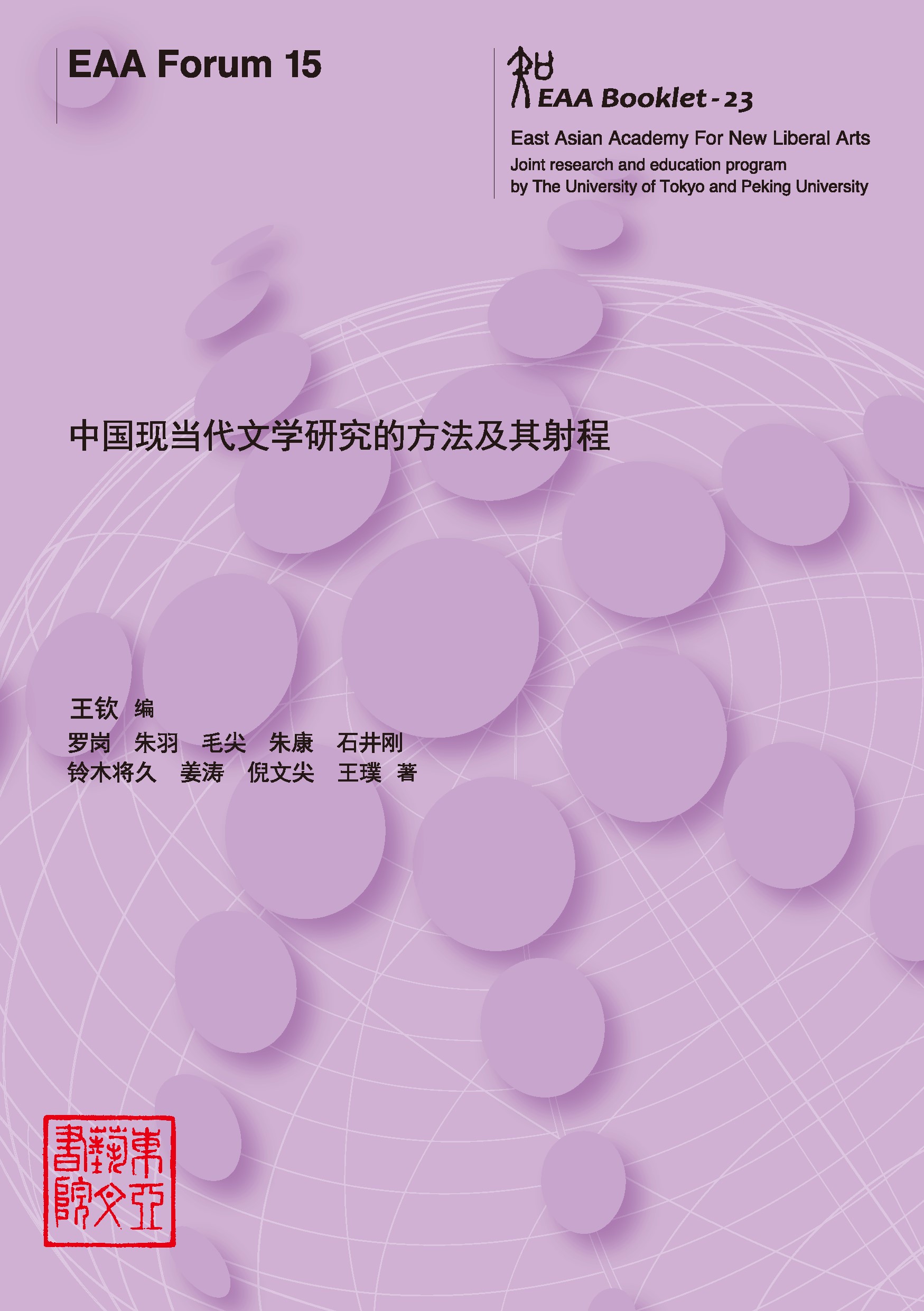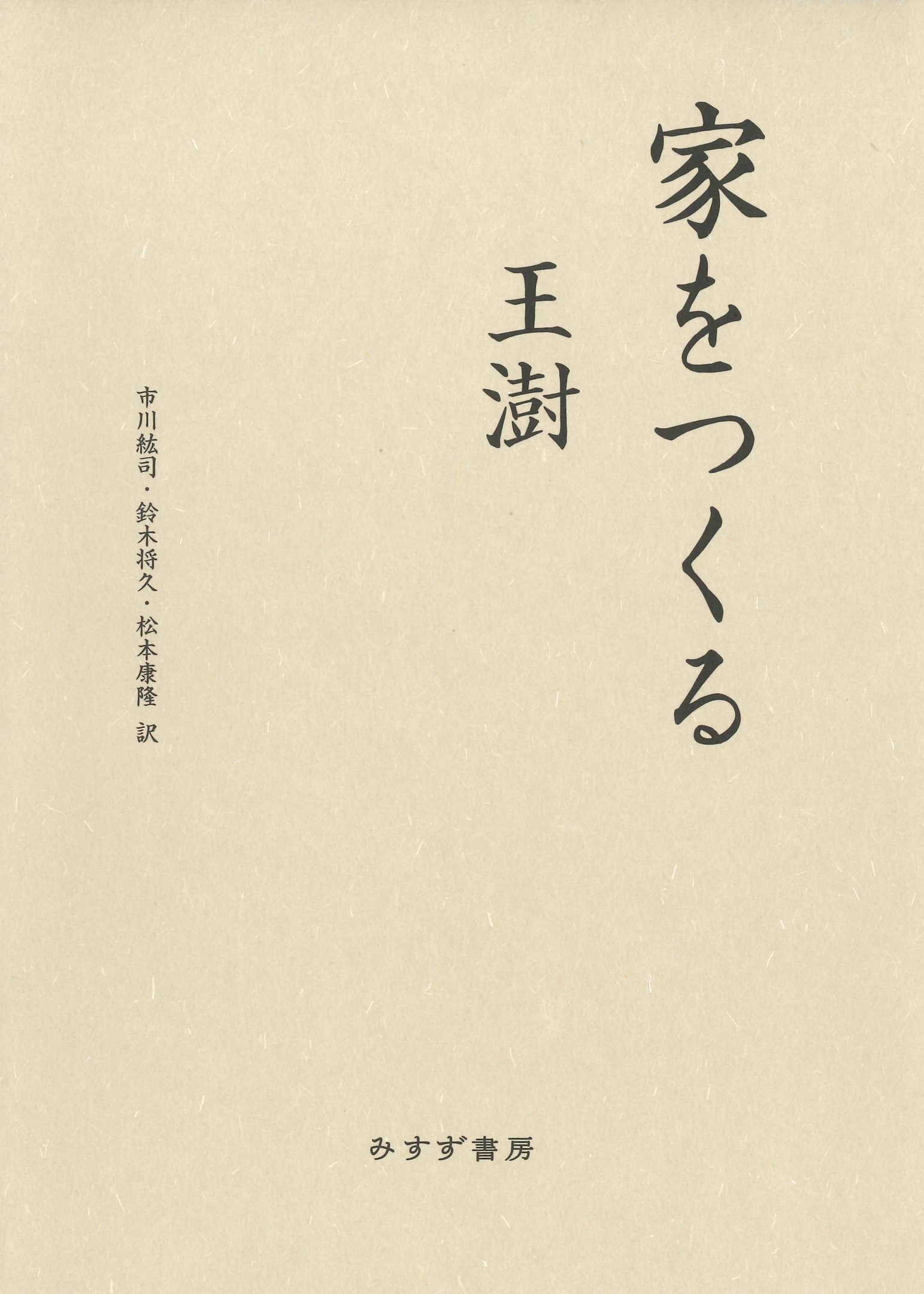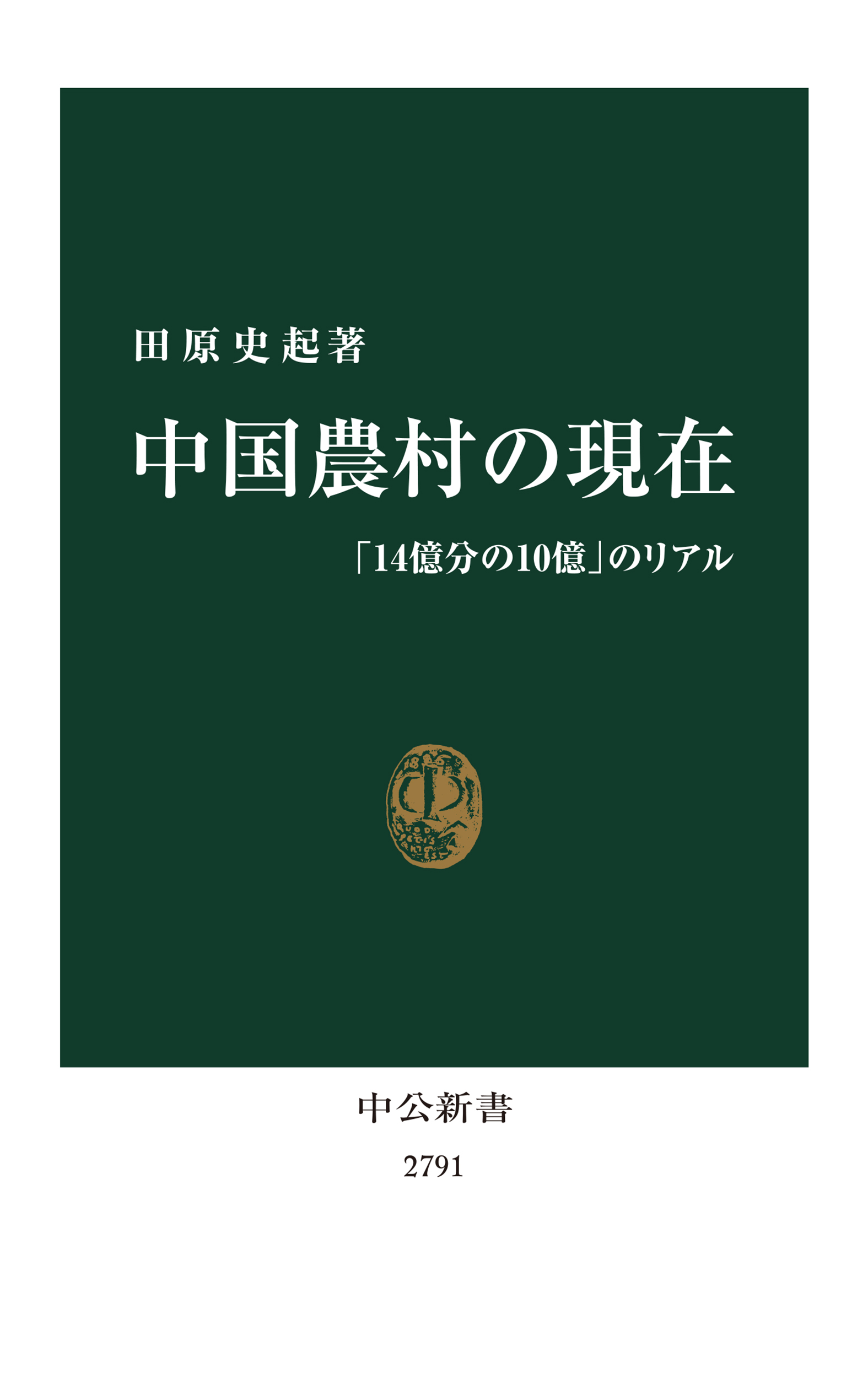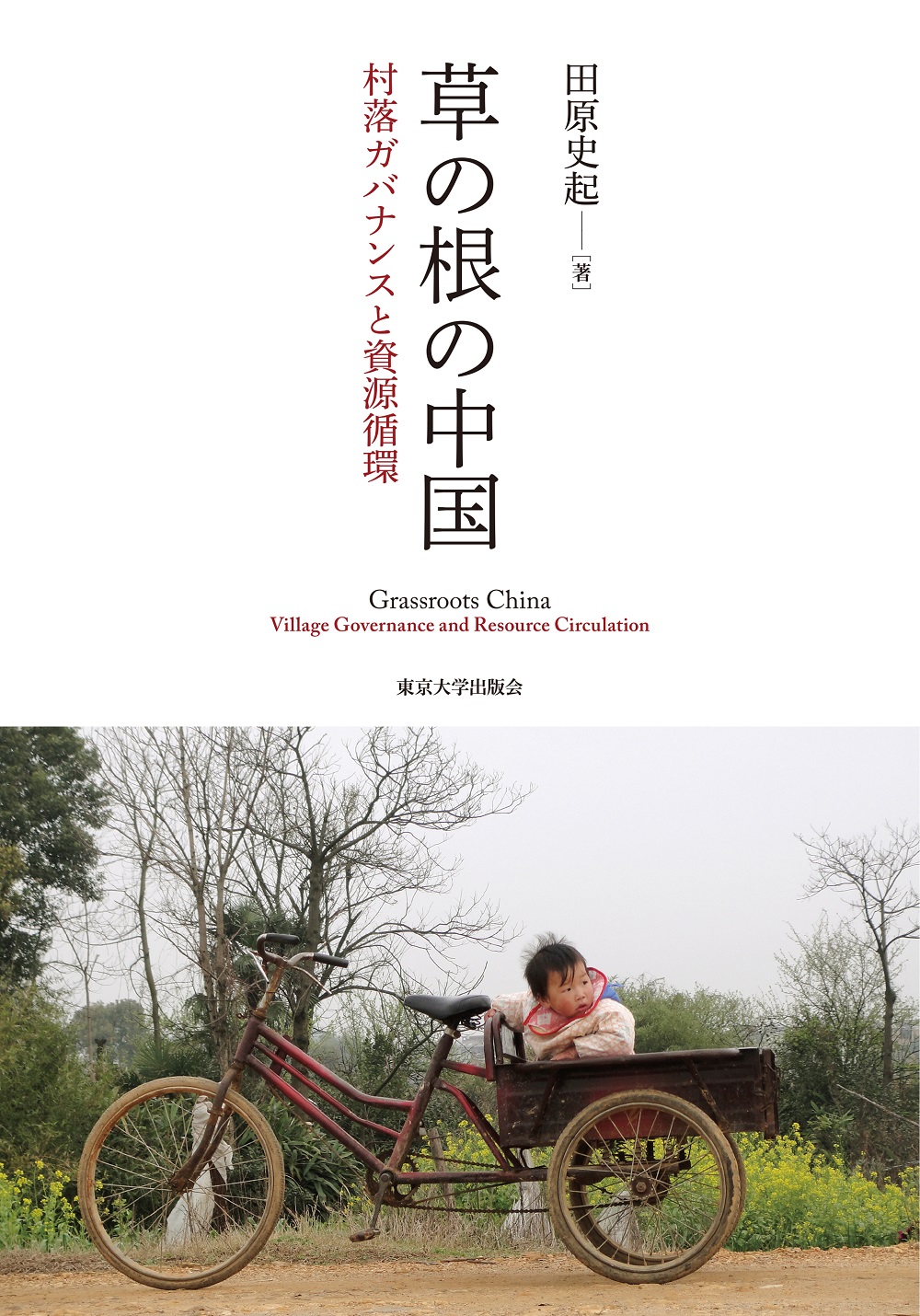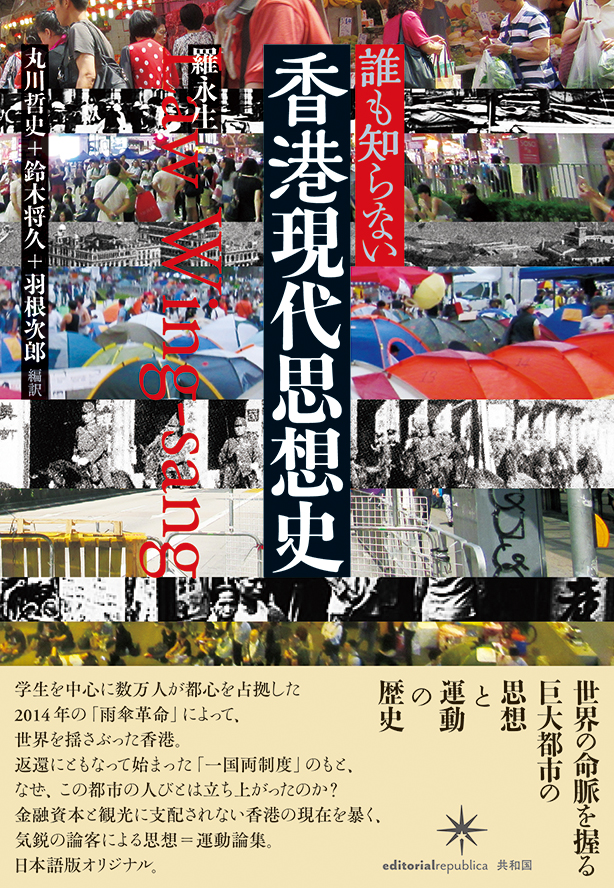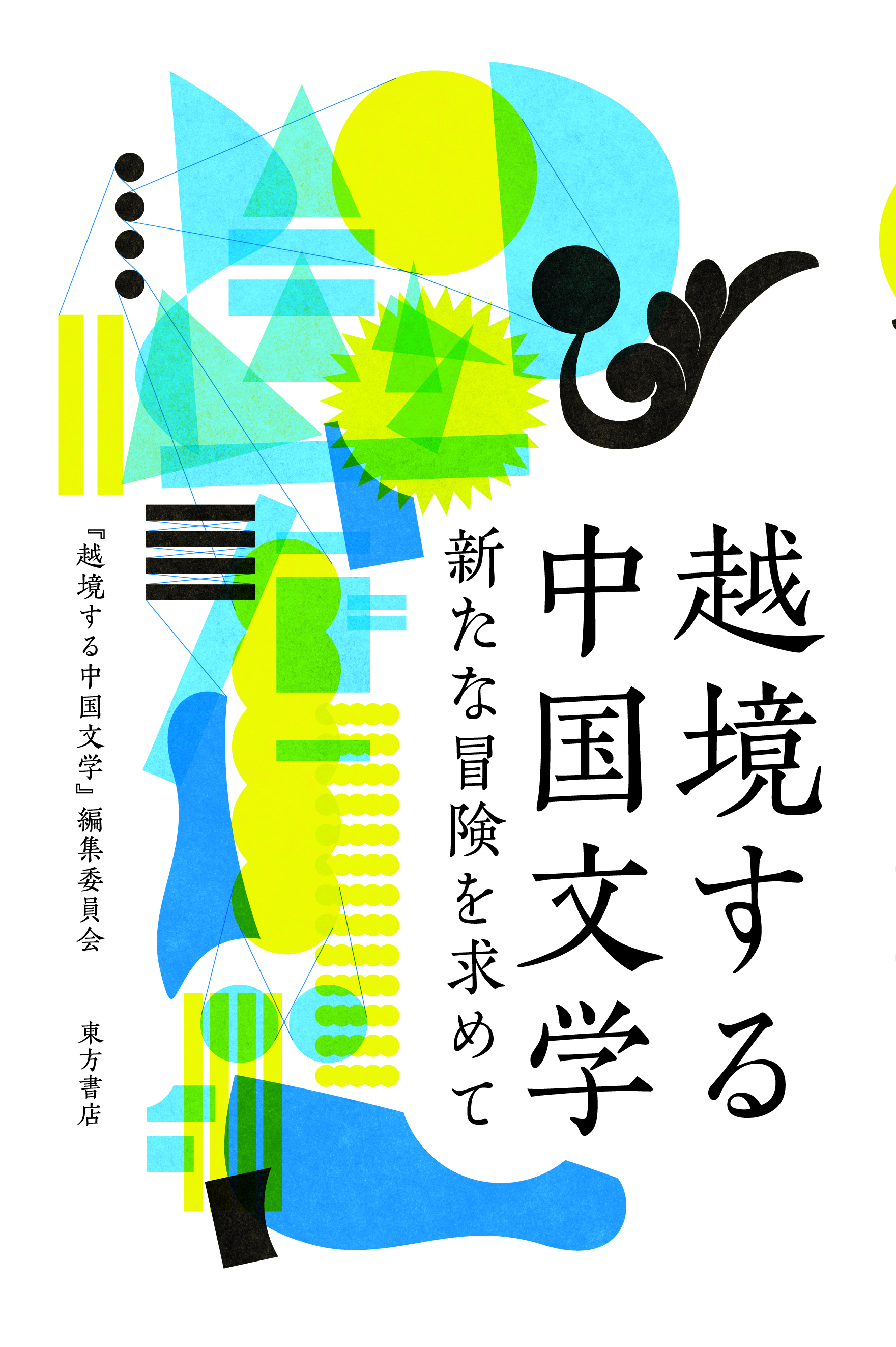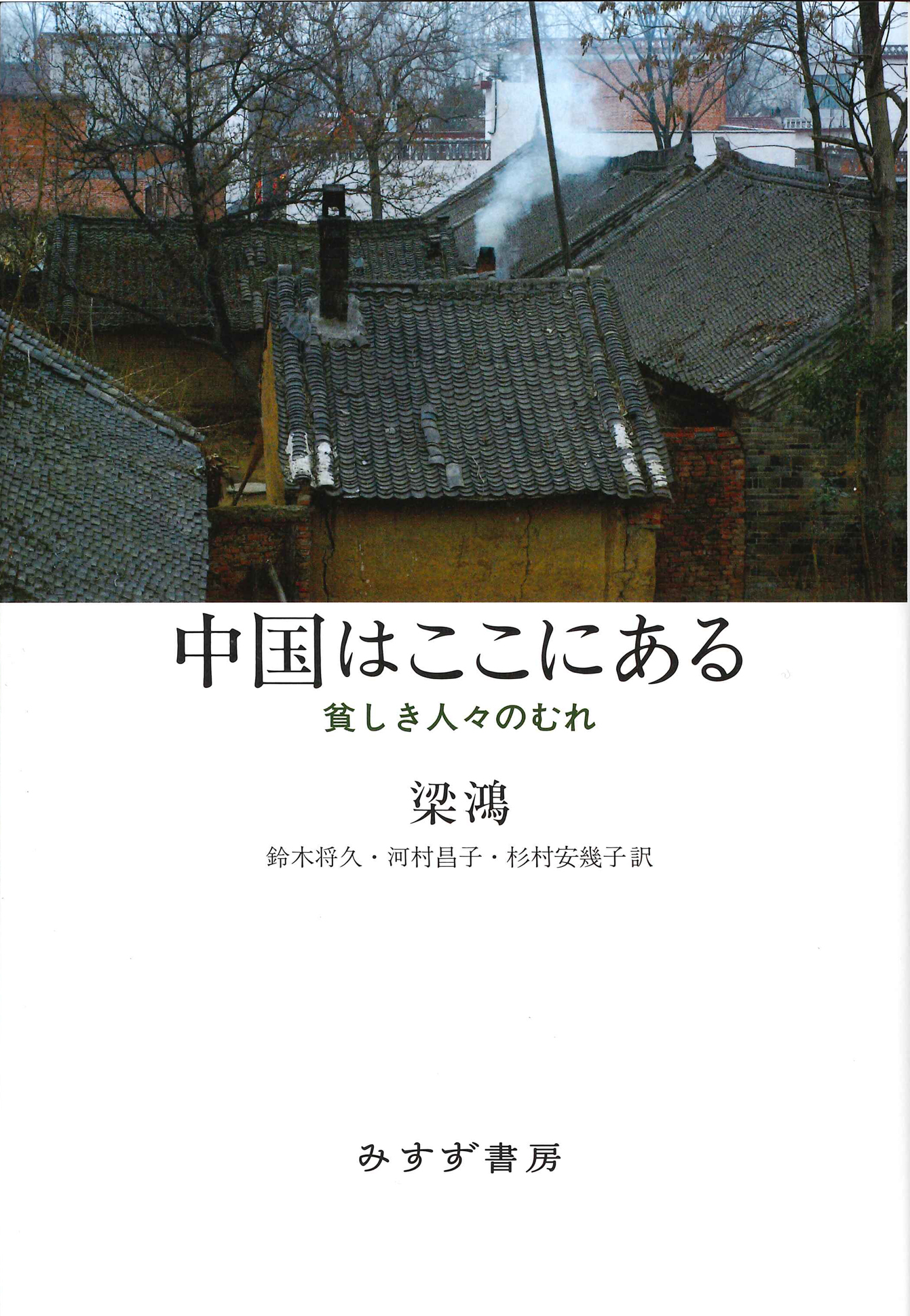
Title
Chugoku wa koko ni aru (China is Here – A crowd of poor people)
Size
312 pages,128mmx188mm
Language
Japanese
Released
September 25, 2018
ISBN
978-4-622-08721-2
Published by
Misuzu Shobo
Book Info
See Book Availability at Library
Japanese Page
Even in Japan, it is well known that China’s rural villages have major problems. The Japanese media covers many of these issues, which include poverty and political corruption. This book attempts to depict the current state of Chinese farm villages in the form of non-fiction literature and not through observations from the perspective of social sciences.
The villages described in this book are in an appalling state. Old houses are abandoned and have fallen into ruin. Once-lively elementary schools are closed. Children feel hopeless about the future, households are divided, and village communities cease to function. What sets this book apart from similar books is that it avoids presenting the situation using unproblematic theories and attempts, as much as possible, to depict it from the viewpoints of the villagers themselves.
In order to do this, it first endeavors to align with the emotions of the people who live in Chinese villages. Coverage by foreign media might be correct insofar as it consists of observations from the outside, but this does not necessarily mean that it reflects the perceptions of people within the villages. What problems do people in Chinese villages feel they have? What aspect of their lives do they think is difficult and what do they think should be done about it? The primary aim of this book is to depict the situation in terms of what the villagers think.
However, it does not stop there. If one is to stand in the shoes of the people who live in the villages, one must render a complete picture of their worldview. Urban dwellers, whether foreign or Chinese, sometimes look down on the Chinese rural villagers’ worldview as “backward.” However, their worldview is organically linked to village life, and there is a certain type of rationality in it. The second aim of this book is to consider their worldview as an organic whole.
While digging deeply into this, it became clear that the difficulty of telling the story in line with the villagers’ feelings was immeasurable. Even if one intends to report from the standpoint of the villagers themselves, does the report really match their worldview? This required constant internal debate and reflection.
The author of this book is Liang Hong. She comes from an impoverished rural village in Henan Province and is currently a university professor in Beijing. She returned to her home village, interviewed the farmers there, and based the book on such interviews. Even though she had experienced rural life as a child, she became aware that she had already taken on the feelings of an urban dweller. While harboring this dilemma, she made tireless efforts to get just a little closer to the world of the farmers, which she could not easily enter.
By reading through the depictions in this book, readers can share the author’s experiences and efforts to lend an ear to the voices of the silent majority of people who live in Chinese villages and can re-experience her difficulty in doing so. Reading this book is not only about learning of the horrible situation in Chinese villages. It also means having our sense of selves shaken by the experience of reading the book. The powerful writing makes it a deeply moving account about China and will likewise resonate with Japanese readers.
(Written by SUZUKI Masahisa, Professor, Graduate School of Humanities and Sociology / 2019)



 Find a book
Find a book


 eBook
eBook